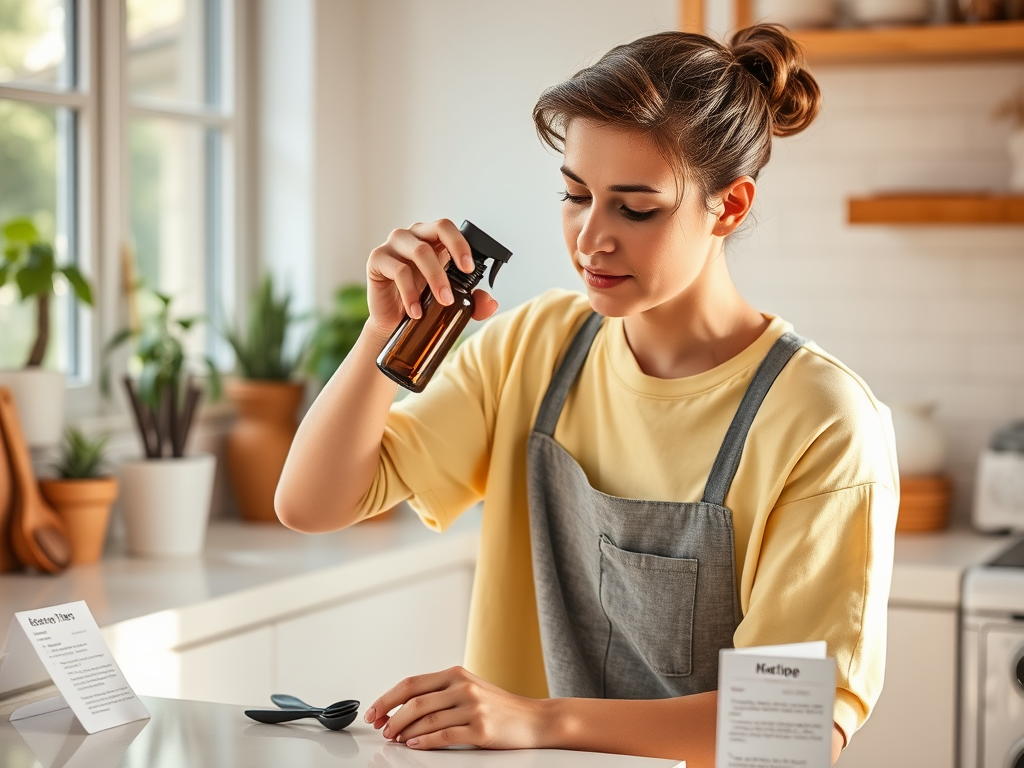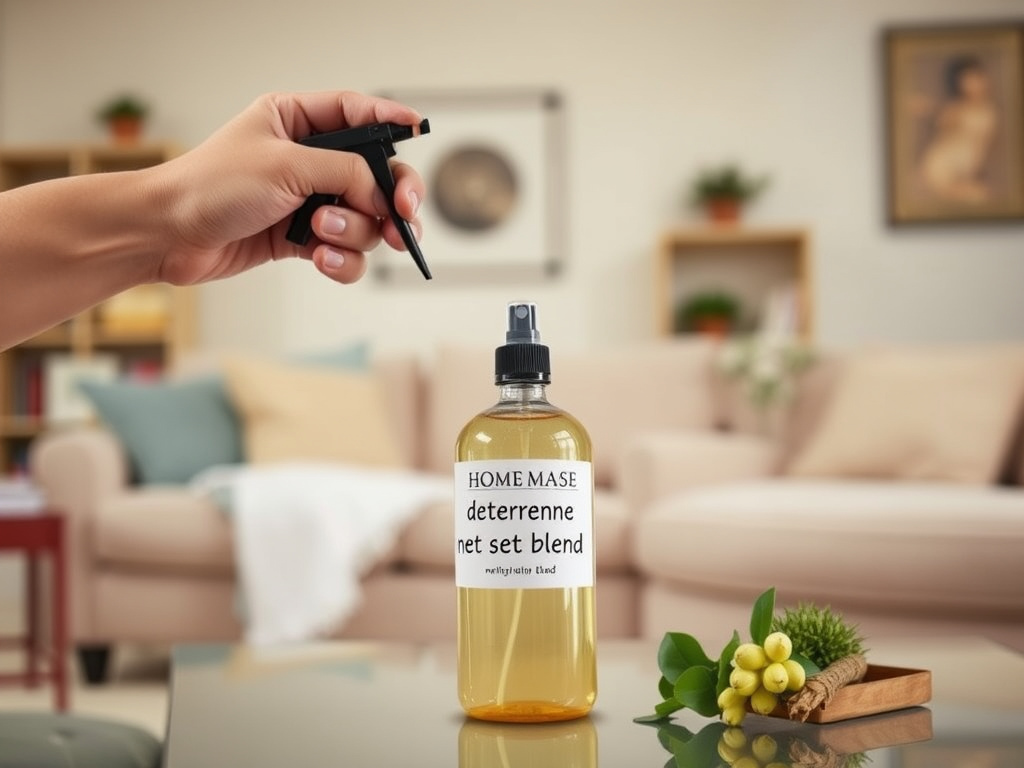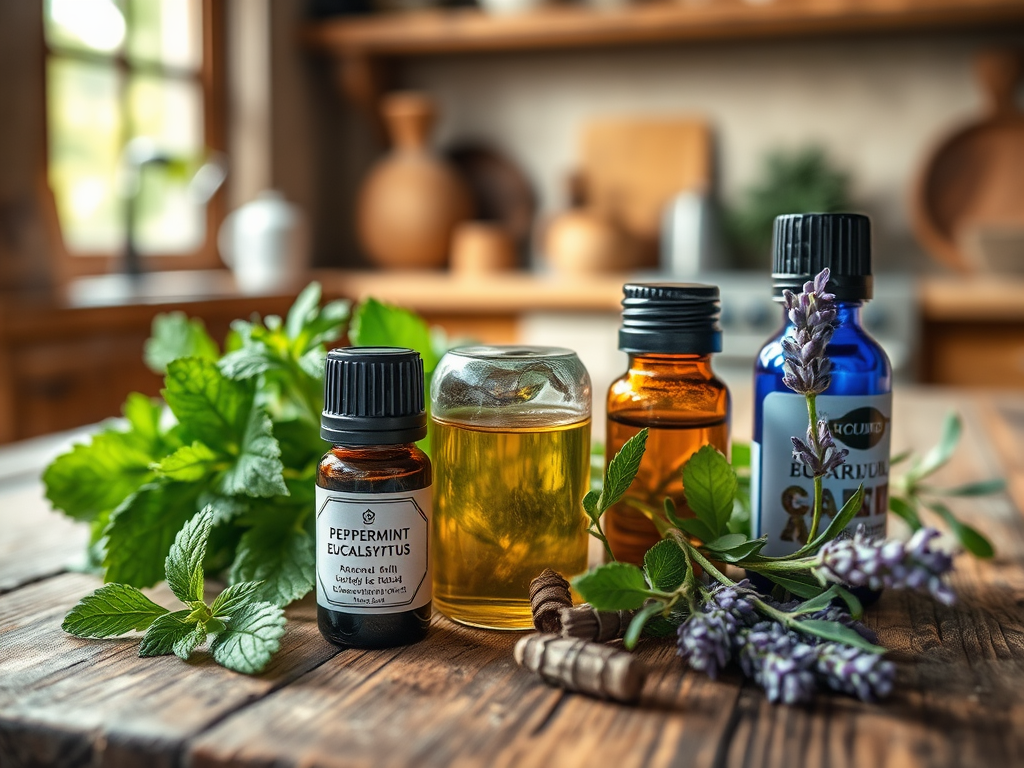Combining Scents: How to Create a Mouse Deterrent Blend at Home
For many homeowners, the battle against mice is an ongoing struggle that can disturb the peace of their sanctuary. The good news is that nature offers solutions that are both effective and humane. By combining various scents, particularly essential oils, you can create powerful mouse deterrents right in your home. This timeless method not only keeps your living space free from rodents but also fills your environment with delightful fragrances. In this article, we will explore how mice use scent, why essential oil blends are a perfect choice for deterrence, and how to easily concoct your own mouse-repelling blend at home.
Understanding the mouse’s behavior and sensory capabilities can empower you in this quest. Mice are incredibly sensitive to smells and use this capability not just in searching for food, but also during social interaction and navigation. With a little knowledge about their preferences, you can develop an effective approach that doesn’t involve harmful traps or chemicals. While there are commercial deterrents available, DIY solutions offer a sustainable, cost-effective alternative. Let’s delve into the nuances of scent and its role in pest deterrence.
Understanding Mice and Their Sense of Smell

Mice possess an extraordinary sense of smell, which is vital for their day-to-day survival. Their olfactory receptors are highly developed, allowing them to detect food sources and pheromones that are undetectable to humans. Mice primarily communicate using scents, which makes their environment rich with olfactory cues that guide them. This acute sense of smell enables them to navigate effectively, find mates, and identify safe zones. Consequently, developing a scent-based deterrent becomes an essential strategy in managing mouse populations at home.
Why Scent Matters in Deterrent Blends

Utilizing scents as a deterrent has several distinct advantages over traditional methods, such as traps and poisons. For one, scent-based solutions are more humane, as they do not rely on killing the pests but merely driving them away. This aligns with many people’s preferences for ethical pest control methods, especially in shared living environments. Additionally, essential oils are natural products, which means they do not introduce toxic chemicals into your home. By choosing this route, you promote a healthier indoor atmosphere for your family and pets.
Essential Oils for Deterring Mice
Several essential oils are particularly effective at repelling mice. Here’s a rundown of some of the best options you can consider:
- Peppermint Oil: Noted for its strong scent, peppermint oil can overwhelm a mouse’s sensitive receptors, making it an excellent choice for deterrence.
- Eucalyptus Oil: Known for its distinctive aroma, eucalyptus oil is also extremely effective at keeping rodents at bay.
- Lavender Oil: While calming for humans, its strong fragrance can deter mice looking for a cozy home.
Other scents worth mentioning include citronella, which typically repels more than just mosquitoes, and tea tree oil, famous for its antiseptic properties that also extend to pest deterrence. Below is a summary of these oils and their properties to help you choose:
| Essential Oil | Key Properties |
|---|---|
| Peppermint Oil | Strong scent, highly repellent to mice |
| Eucalyptus Oil | Distinctive aroma, effective against rodents |
| Lavender Oil | Calming for humans, repulsive to mice |
| Tea Tree Oil | Antiseptic properties, pest deterrent |
Creating Your Mouse Deterrent Blend
Now that you’ve selected your essential oils, it’s time to create your own mouse deterrent blend. This process is relatively simple and doesn’t require specialized equipment.
Ingredients Needed
Gather the following ingredients for your blend:
- 10 drops of peppermint oil
- 5 drops of eucalyptus oil
- 5 drops of lavender oil
- A carrier oil (like coconut or olive oil) if needed
- A small spray bottle
Step-by-Step Instructions
Follow these steps to create your blend:
- In a small bowl, mix your essential oils together.
- If using, add 1 tablespoon of your chosen carrier oil to dilute the blend.
- Transfer the mixture into the spray bottle and shake well.
- Your DIY mouse deterrent spray is now ready for application!
Application Techniques
Applying the oil blend effectively is key to ensuring its maximum efficacy. Here are a few tips on where and how to apply your newly created deterrent:
- Spray around entry points like windows, doors, and any potential gaps in your walls.
- Apply in areas where you’ve previously seen signs of mice, such as droppings or gnaw marks.
- Reapply the blend every few days or after cleaning to maintain its potency.
Conclusion
Creating a mouse deterrent blend at home is a straightforward yet effective method for keeping your home free from unwanted pests. By utilizing the natural power of essential oils, you can take a proactive approach while ensuring a humane treatment of these creatures. Not only are you warding off mice, but you’re also infusing your environment with pleasant scents that enhance the overall ambiance of your home. So roll up your sleeves, gather your ingredients, and get ready to create a blend that works for you!
Frequently Asked Questions
- What are the best essential oils for deterring mice? Peppermint and eucalyptus are among the top choices because of their strong scents.
- How often should I reapply the mouse deterrent blend? It’s advisable to reapply every few days or after heavy cleaning.
- Can I use other scents to deter mice? Yes, scents like lavender, citronella, and tea tree oil can also be effective.
- Is this method safe for pets and children? Generally, it is safe, but it’s always best to monitor pets and children around any essential oils.
- How long will the blend remain effective? The effectiveness can vary based on the environment but typically lasts several days to a week before reapplication is needed.
